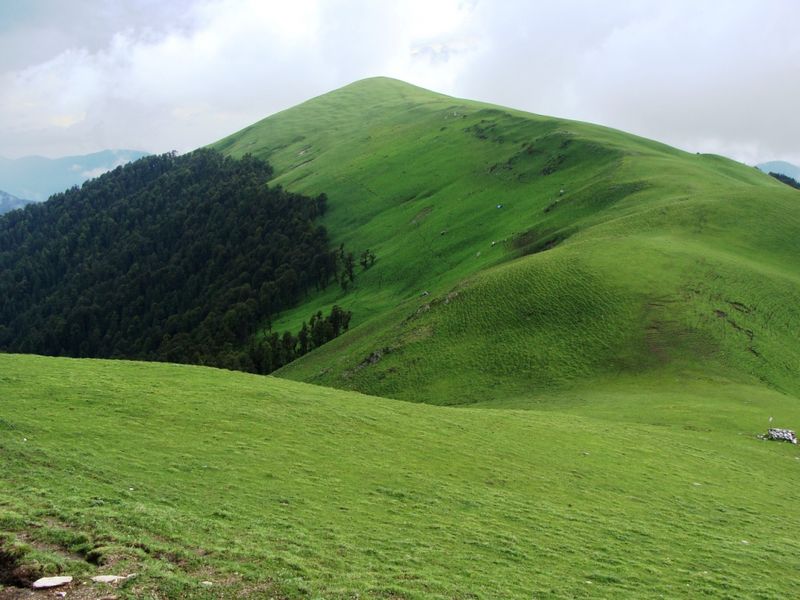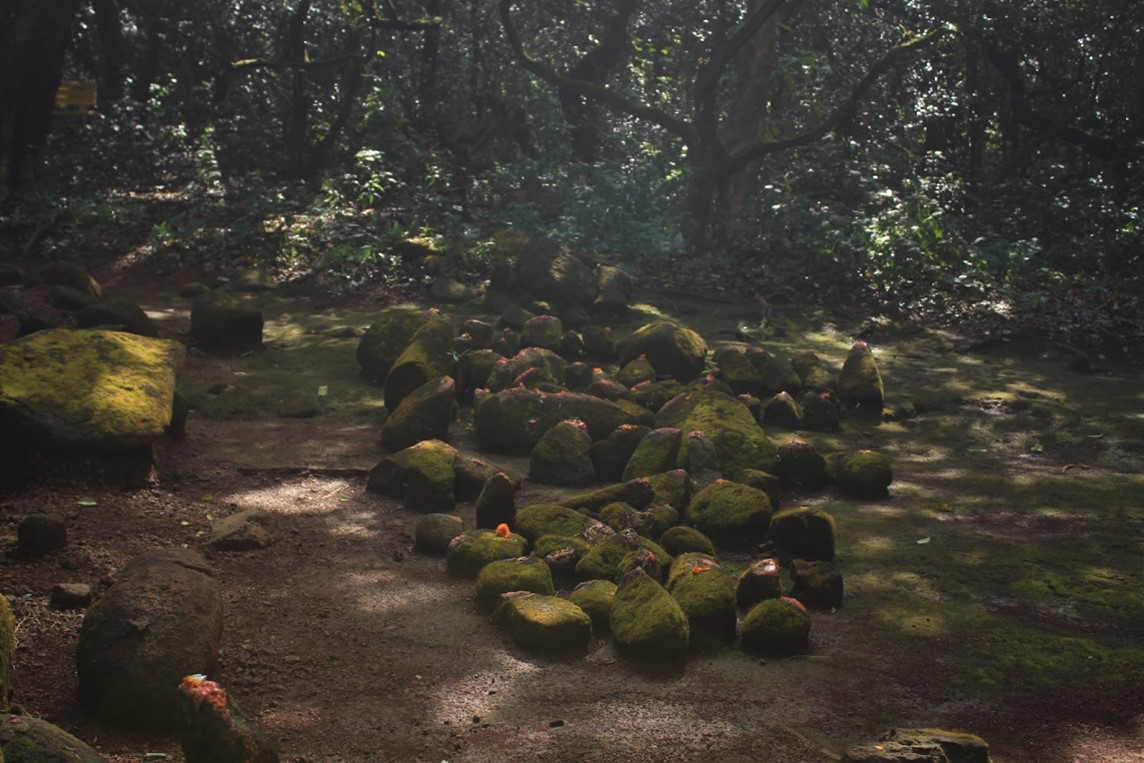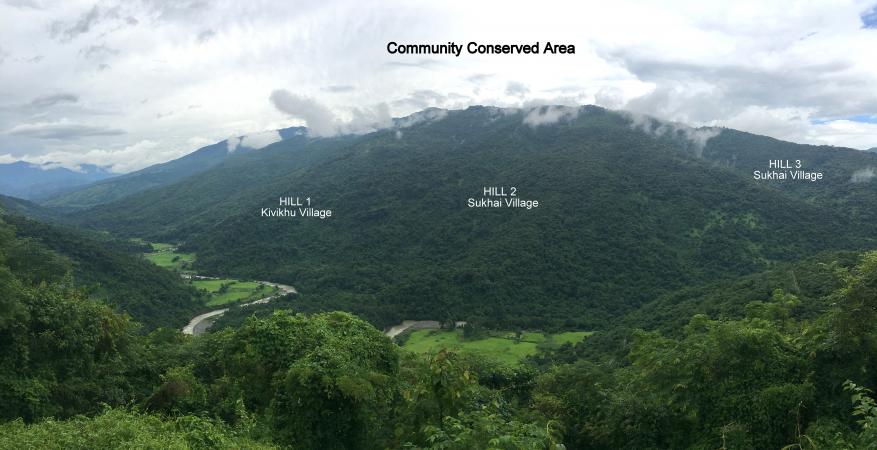Sacred Groves, the secret wizards of conservation
India is home to over 990 PCAs - including 106 national parks, 564 wildlife sanctuaries, 99 conservation reserves, and 218 conservation reserves. Cultural conservation areas also exist worldwide - especially within Indian Hindu communities. These places are called sacred groves.
The role of cultural and spiritual values is crucial to nature conservation. In India, over 1 million sacred forests and 100,000 to 150,000 sacred groves exist. These wilderness areas hold deep religious and spiritual meaning to Indian Hindu indigenous communities. In Hinduism, it is believed that nature worship is part of their moral obligations. Dating for centuries, many Hindus still practice tree worship to pay their respects to their deities and fulfil their wishes. According to their holy scriptures, Lord Brahma created all creatures and all are equal because they need each other to coexist. This spiritual belief is very similar to the mechanism of a healthy ecosystem. Many scientists believe that traditions and faiths like these are essential to encourage biodiversity conservation efforts.
Sacred groves are found all over India - especially in states like Maharastra, Karnataka, Kerala, and Tamil Nadu. As a refuge for various plant and animal species, they are usually areas of natural vegetation resembling small forests and important sites for worship and community gatherings. Logging and hunting are strictly prohibited in these territories as Hindus don't believe in harming living creatures. Sacred groves are handled initially by native religious communities such as combined Hindu families or temple trusts.
Dev Bhoomi - also known as the "Land of Gods" - is part of the 133 sacred groves at the foothills of the Himalayas in Uttarakhand. With its rivers, lakes, caves, and forests, it is considered the holiest land in the Himalayas. Communities honour local deities like Haat Kaali, Kotgyari Devi, Mahakaali, and more. Sacred groves in Uttarakhand are unique because they aren't usual forests but alpine meadows. The aspect of the holy grove might be different, but its purpose remains the same all over India. Local groups consider it as a part of their ethnic identity. That's why they believe these areas survive thanks to their local belief system, which is transmitted orally from generation to generation. There are no written records of their customary laws and taboos. Their belief system ensures that the sacred groves are not harmed in any way. It is forbidden to pluck flowers, uproot plants, harm animals, remove any religious objects.
 Dev Bhoomi in Uttarakhand, India
Photo: Kartik Paliwal/Wikimedia Commons
Dev Bhoomi in Uttarakhand, India
Photo: Kartik Paliwal/Wikimedia Commons
However, there are a few challenges. New generations are less involved with their cultural roots and therefore have less interest in maintaining sacred groves. That is why, in recent years, local environmental organisations have been working closely with local communities to conserve these holy forests. With the help of these structured institutions, sacred groves will continue to be preserved for generations to come. They also guide the local communities on how to make income from their grounds without overexploiting any resources. For example, they can carefully cultivate baheda trees' fruits, which are in high demand in the medical and ayurvedic fields.
These organisations are a great way to maintain the culture as they try to involve more local people in biodiversity-saving operations and educate them on the environment and their cultural roots. The Devrai Foundation is a non-profit NGO working closely with other organisations and local communities to increase the number of forests by making their man-made forests, called devrais. They claim local participation is the key to successful devrais. New initiatives like these seem to be the new trend. It's possible that maybe devrais can be merged with religious and cultural values. However, sometimes working with certain groups can lead to the overexploitation of both local families and resources. Other challenges include deforestation, urbanisation, and industrial development.
It goes without saying that sacred groves are the secret wizards of conservation. This community-based conservation has helped maintain clean water in Uttarakhand's sacred groves. Studies show that the groves' water quality meets WHO's potable water standards. Many plant and animal species can live in peaceful, undisturbed ecosystems thanks to sacred groves. It's also an important part of cultural heritage for local communities. Future generations now have to make it their mission to make them part of their identity as well.
The IUCN Green List Standard, the sole worldwide benchmark for effective protected and conserved areas, stipulates that one of the requirements is sustainable outcomes and preservation of key cultural values. This must be achieved through cooperative engagement with the individuals and communities upholding these values. Cultural values may manifest via spiritual rituals and customary practices. Preserving sacred groves and their associated spiritual activities notably contributes to conservation endeavours. Moreover, these elements could potentially qualify as instances of harmonious coexistence between people and nature or as examples of other effective area-based conservation measures (OECMs).
Disclaimer
Opinions expressed in posts featured on any Crossroads or other blogs and in related comments are those of the authors and do not necessarily reflect the opinions of IUCN or a consensus of its Member organisations.
IUCN moderates comments and reserves the right to remove posts that are deemed inappropriate, commercial in nature or unrelated to blog posts.




